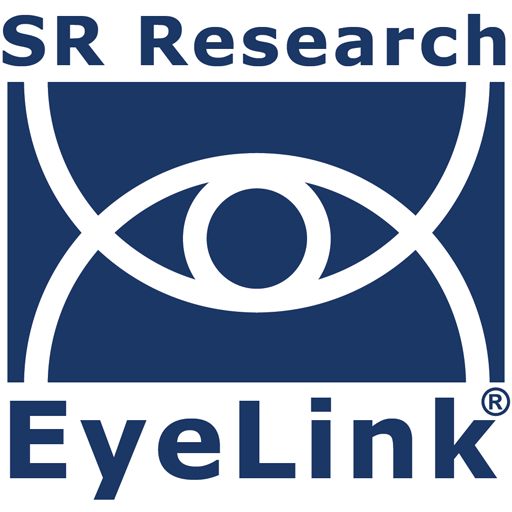
By precisely measuring what we look at and for how long, eye tracking can provide a direct window into social cognition. From understanding which areas of the face we look at in order to determine emotions to measuring implicit biases, eye tracking technology has proven invaluable for social psychologists.
EyeLink Eye Trackers for Social Psychology Research
The EyeLink 1000 Plus, EyeLink Portable Duo, and EyeLink 3 all provide exceptional levels of accuracy and precision. Their high sampling rates capture even the most subtle eye movements and changes in pupil size – critical for detecting potentially subtle differences in how and when people respond to social cues (e.g., gaze cueing or facial emotion changes). Their outstanding specifications make them the best eye trackers for demanding social psychology research. Researchers use EyeLink systems to investigate a variety of topics, including:
- Social Attention: Researchers use eye tracking to study how we look at faces and process nonverbal cues, providing insights into social anxiety and autism.
- Stereotypes and Prejudice: This research investigates how implicit biases guide visual attention, measuring whether individuals’ gaze patterns differ when viewing people from various social or racial groups.
- Group Dynamics: Eye tracking in group settings reveals who people look at most frequently, which helps researchers map patterns of social attention, influence, and perceived leadership.
- Implicit Bias: Eye tracking can reveal unconscious attentional biases toward different social groups by measuring what draws our immediate attention.
- Nonverbal Communication: Scientists analyze gaze patterns during social interactions to understand how people use eye contact to regulate conversations, signal intent, and build rapport.
- Empathy and Theory of Mind: By tracking eye movements, researchers can understand how we visually engage with others’ emotional states to infer their thoughts and feelings.
- Joint Attention: This area of social psychology research uses eye tracking to investigate how we follow another person’s gaze to share attention, a key aspect of social learning.
- Moral Judgments: Eye tracking helps in examining visual patterns when people evaluate moral dilemmas to understand what information they prioritize.
- Consumer Psychology: In this field, eye tracking is used to analyze how social cues in advertising capture attention and influence purchasing decisions.
- Cross-Cultural Psychology: Eye tracking studies compare the gaze patterns of people from different cultural backgrounds to understand how culture shapes attentional priorities, such as focusing on the central object versus the surrounding context in a scene.
Case Study Examples of EyeLink Eye Trackers in Social Psychology
Powerful Software Solutions for Social Psychology Research
EyeLink eye tracking systems integrate seamlessly with a suite of powerful software, streamlining the research process for social psychologists. Experiment Builder provides an intuitive graphical interface for creating experiments, and can present text, images, video and audio with the temporal precision required by the most demanding social psychology research. WebLink enables researchers to record eye movements as participants read and interact with websites, computer software, and other digital media. Data Viewer is a comprehensive tool for visualizing, analyzing and reporting eye movement data. In addition to this proprietary software, EyeLink eye trackers are compatible with a wide range of third-party software, such as PsychoPy, E-Prime, and Psychtoolbox, offering reading researchers flexibility and control.
The unparalleled precision and robust software integration make EyeLink systems the ideal choice for social psychology research.
For information regarding how SR Research products can help your research, please contact us. We are happy to help! To see peer-reviewed published research with EyeLink eye trackers, see our list of over 13,000 publications or our sample of case studies.



